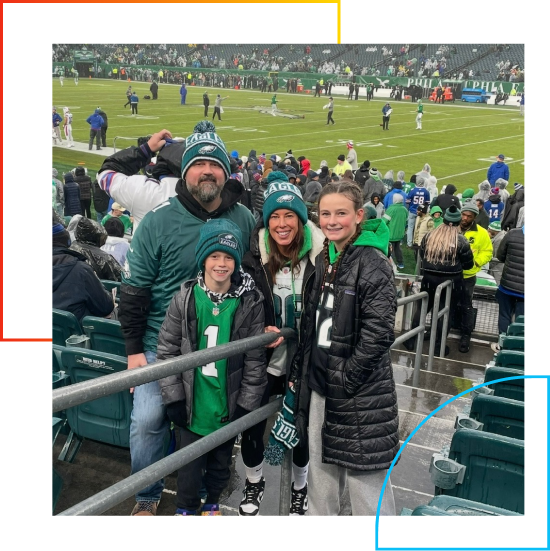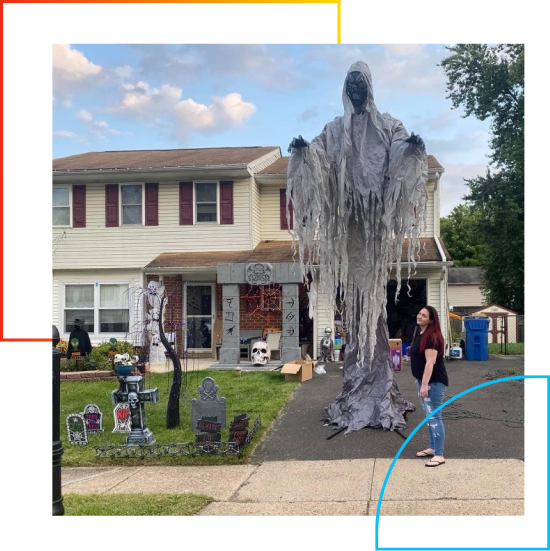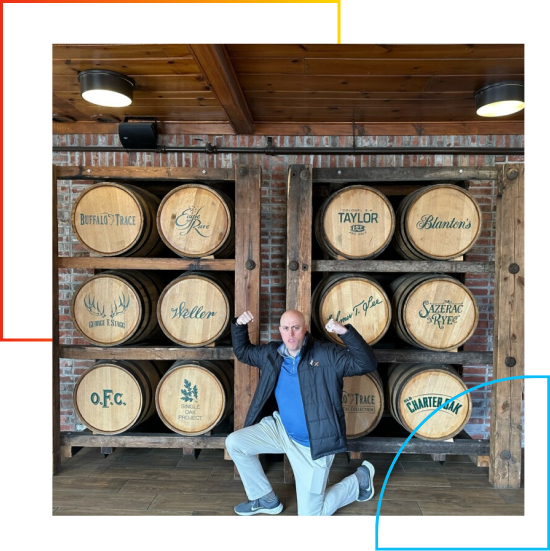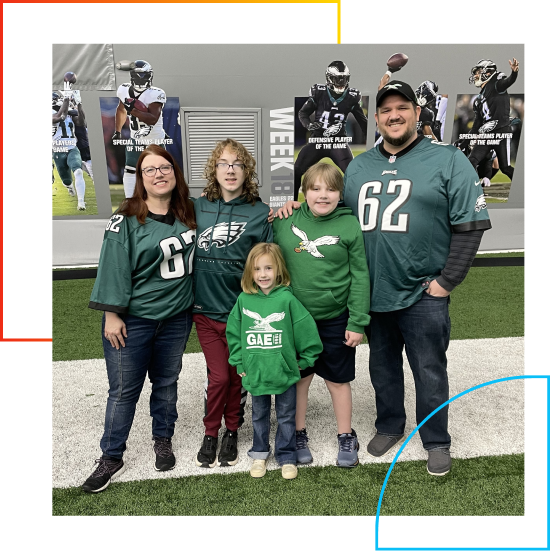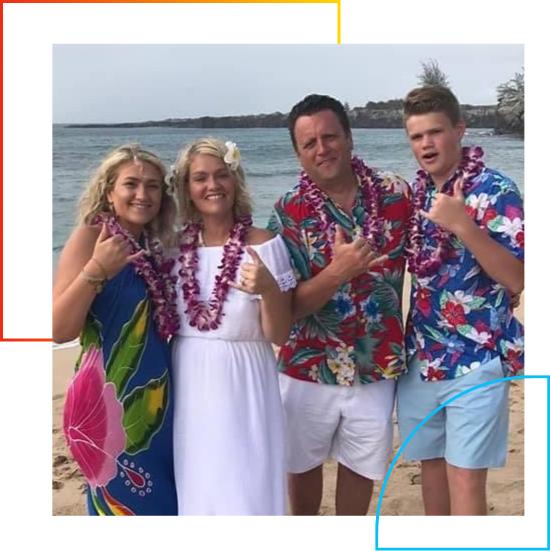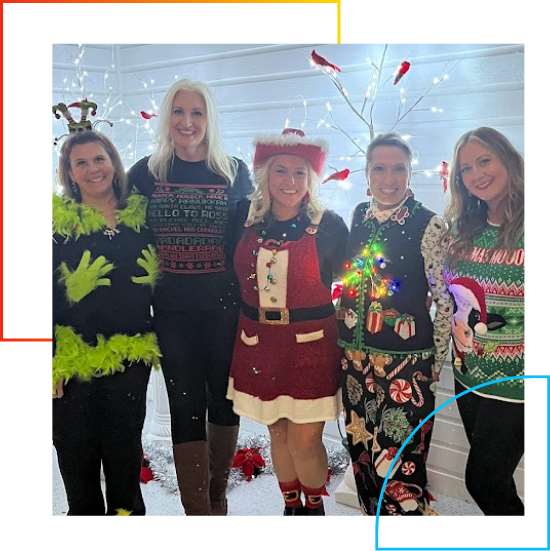The Philosophy of Our Products/The Products of Our Philosophy
By Jason LaRocca | Vice President of Operations | August 26, 2025
When I started putting together these blogs at the beginning of 2025, writing about our Investor Services Division at Grid151, my aim was twofold – to provide a deeper dive into the suite of products we offer, and how they can assist you in solving many of the most common issues you may face in the Secondary Mortgage Market, and also to provide you with a look “under the hood” at how we manage our teams and processes – the ethic behind our work, if you will. My hope, if you’ve been reading, is that you have come away from all of these various monthly messages with a better sense of both the “how” and the “why” of the services we provide. The Secondary Mortgage Market offers up a number of questions, and I want you to know with confidence that we have the right answers.
But now, I want to try and do something a bit different over the next several months.
I want to speak a bit about how our suite of products intersects with our philosophy of management, and how those two things combine with each other to provide the optimum outcome for you when we represent you as a client. I even came up with a name for this approach – let’s call it The Philosophy of Our Products/The Products of Our Philosophy.
There are a lot of useful products in the market, solving real needs that fail because the philosophy behind them fails. Conversely, a great business philosophy touting a product that isn’t very useful to the market is also going to fail. One is a hammer without a nail. The other is a nail without a hammer.
One of the single biggest impediments to success in the Secondary Mortgage Market is the lack of end-to-end ownership of the transactions themselves. In part, this is a function of size and scope and specialization within this space. Bigger companies in the space have legal departments to forge the contracts, Capital Markets groups to sell the loan pools, and some form of documentation specialists (perhaps through a vendor that is hired) to remediate the post-close exception cures. They also have Repurchase Teams to re-board loans that fail to meet the contractual stipulations. Smaller entities have a very small number of people – sometimes ONE – trying to do all of these jobs at once. Bigger entities struggle to tie it all together, often because this is never an expectation for them in any of their ongoing daily functions. Smaller entities just can’t manage it all with the limited scope of resources at their disposal. These are failures of capacity – too much capacity on one side, not enough on the other.
The other problem is that, by nature, the post-closing stage of Secondary Mortgage Market sales is often a reactive process. Post-close exception curing groups are reacting to exception lists and timeframes to cure them, not setting the expectations themselves. By its very nature, exception curing work is often a reaction to what falls out of the rote process steps. Documents get created and sent, and reviews create new issues to look at. Counties have very specific individual requirements, where applied knowledge is required to piece through what is needed. Exception processing is essentially processing the EXCEPTIONS to the rule, hence an inherent reactivity is present. The other part of the equation that tends to force reactivity is the waiting game that takes place throughout the various parts of the process. Documents get sent, and you wait for them to be reviewed and cleared (or not cleared). Meetings take place, and you find out about priorities and issues that may be taking place AFTER your work starts. You are always waiting for an answer to come to you. You don’t create the problems, you create the answers, but then you are always waiting for someone else to acknowledge the worth of your work.
I wrote last month about why our pod structure (the opposite of a business that operates in silos) is such an important part of our management philosophy. But now I want to speak a bit more specifically about how and why that same structure is the perfect antidote to a reactive process that often struggles with its own size, scope, and need for specialization. Effective operations within the Secondary Mortgage Market, in essence, is completely focused on transaction management. You need to have end to end ownership of a sale pool, from the moment the contracts are inked to the last loan drops off a potential repurchase demand list. Silos create a lack of responsibility for the end result. They also suffer from a diversity of management approaches and focuses, meaning that the leaders, instead of providing consistent management, often kick into high gear only when problems arise. The reactivity level here is a real thing, and it is also problematic.
An end-to-end process with no silos sounds great as a philosophy. But let’s talk about how, if you hire a vendor to assist you in the Secondary Mortgage Market space, you need to find someone who is going to proactively solve problems for you, rather than react to them and leave you always falling a few steps behind the margin.
Your vendor doesn’t need to have a management team who has all worked in Capital Markets in the past. But if they don’t have leaders who have interacted with those types of groups in their work career at some point, discussed contracts with them, and understood their needs and concerns, they will not be able to anticipate and proactively respond to the types of contractual risks that arise out of exception processing.
Similarly, if your vendor doesn’t understand how Mortgage Servicing and Default areas function, and what their varying concerns are, they aren’t going to anticipate escalations well. They will have a hard time juggling the same requests coming from multiple client areas that do not talk to each other effectively, if at all. They won’t synthesize knowledge in a way that fills the typical gaps that pry open when the needs of a mortgage Servicing or Default area suddenly break off into the needs of a Capital Markets Group.
End to end transaction management also means the SAME people follow the process from start to finish, from analyzing the initial data, to processing the cures, to shipping the documents, to reconciling the finished product all the way through to the end. No piece of the process is “someone else’s problem.” A lack of understanding or information doesn’t hinder solutions. The people involved aren’t just messengers, or they are only messengers to the extent they are connecting every piece of the process into a seamless whole where one process step informs the next, and the whole is better for an understanding of the sum and integration of its parts.
If the above all rings true to you, I can tell you that NO vendor in the Secondary Mortgage Market space is better equipped to serve you than the Investor Services department at Grid151. Half of our team has an aggregate experience level of DECADES spent in the mortgage business in their prior work lives. That type of background makes a significant difference. And our suite of products, which span the entire lifecycle of these transactions, means we have a resource to call upon at every step of the transaction. All of it integrated, all of it informed.
That’s the philosophy of our products. Or is it the products of our philosophy? You decide, but let our expertise come to work for you.





